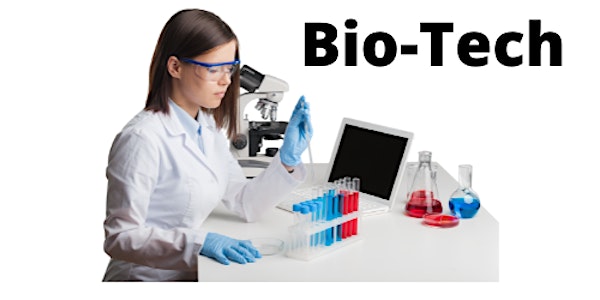
Bio-Medical Hands-on Workshop: Simulation COVID Testing
CSU's Dr. Frazier will teach the technique used to detect binding between an antigen and antibody for the diagnosis of diseases like COVID.
Date and time
Location
Online
About this event
Ever wanted to know if you had a disease? Or, more specifically, if you or someone you knew had COVID-19? How would you know if you were positive or not? As with any virus, including the virus responsible for the disease we call COVID-19, it replicates or makes copies of itself inside of your cells. To do this, the virus must get your cell to make each viral component or part. Afterwards, these parts are assembled to make a new virus, we call them progeny. To use an analogy, imagine a corporation that makes cars. The employees make each component or car part (doors, hood, trunk, engine, headlights, etc.). Afterwards, they take each part and assemble them to make a new car, just like viruses instruct the cell the take each part to make new viruses! These viral parts play an important role in your immune response such that they serve as antigens that are recognized by your body. In response, your body produces a counter molecule that is specific to that antigen (viral part) called an antibody. These two molecules bind to one another. This binding interaction can be detected via an immunoassay like an ELISA.
ELISA stands for Enzyme-Linked Immunosorbent Assay. It is also referred to as Enzyme Immunoassay or EIA for short. It is a technique used to detect binding between an antigen and antibody for the diagnosis of diseases like COVID-19. It works by immobilizing an antigen or antibody to a surface and then applying the sample to allow binding between the antigen and the antibody for the development of an antigen/antibody complex. This complex is detected by either an enzyme or fluorophore (fluorescent molecule) that produces a color when binding occurs. There are several types of ELISAs: direct, indirect, sandwich or competitive. The machines used in these assays are very expensive. A more economical way is through lateral flow which uses a cassette that you apply a sample to. For COVID-19, the lateral flow technique is when performing a Rapid Test (see figure). A nasal swab sample is taken from the patient. This sample is applied to a cassette which produces a color if the patient tests positive for COVID-19. The purpose of this laboratory exercise is to demonstrate how an ELISA works by simulating a COVID test.
Objectives:
- To learn the principles of the ELISA technique.
- To demonstrate how antigens and antibodies work.
- To learn how to analyze and interpret data generated from an ELISA.